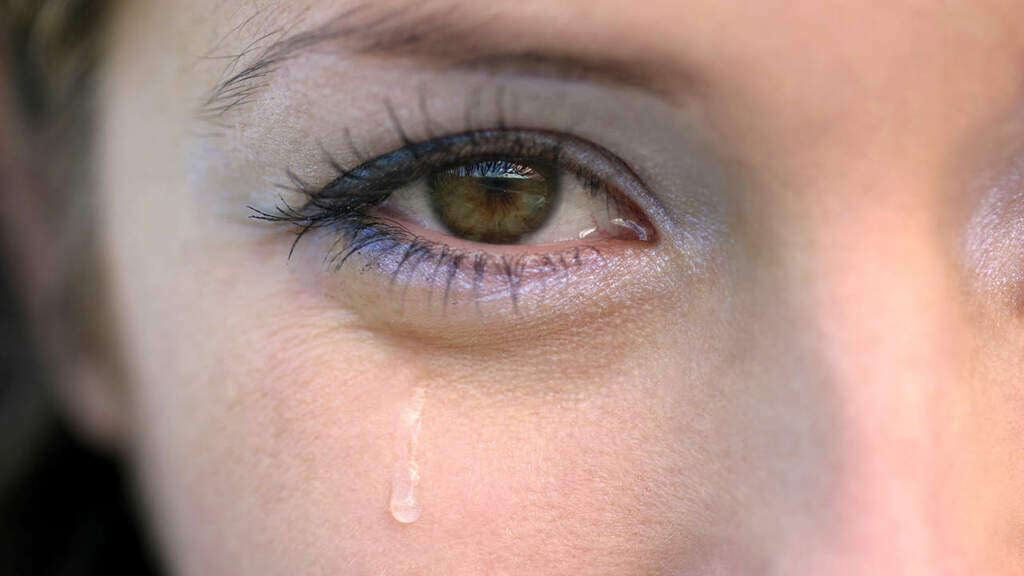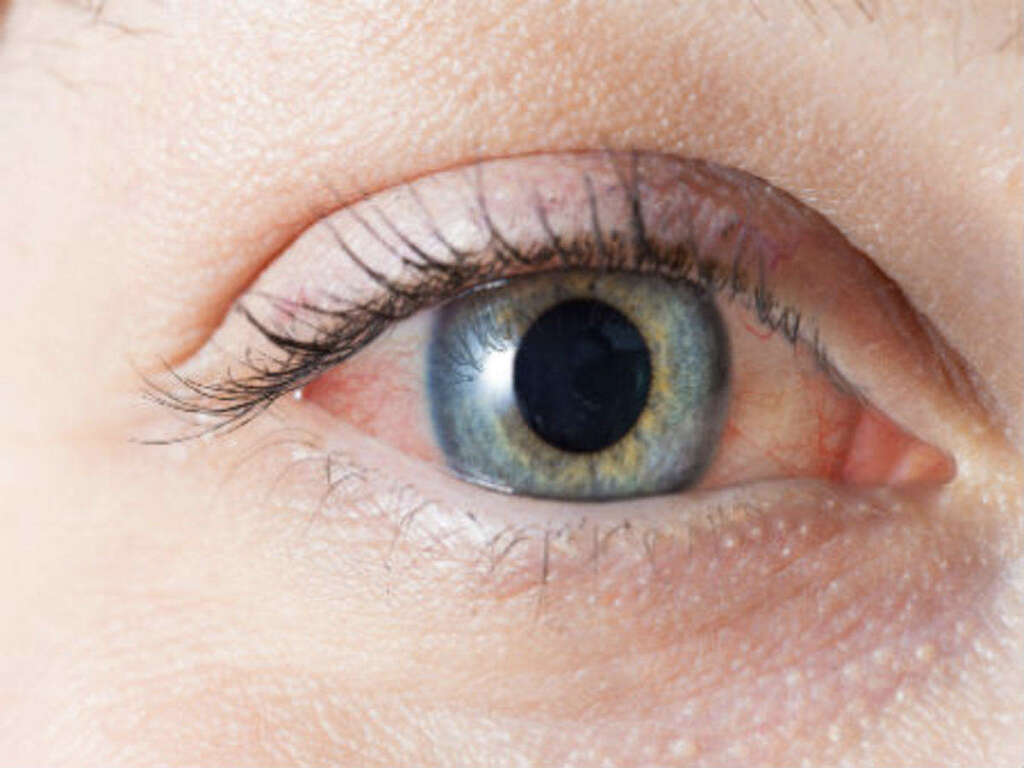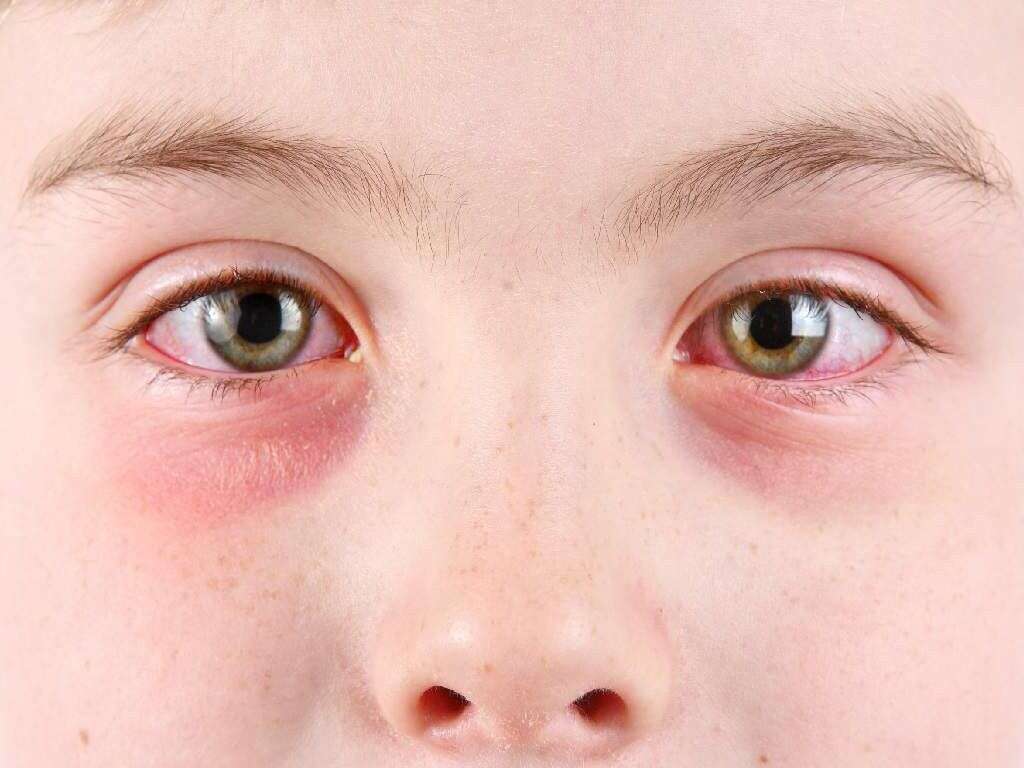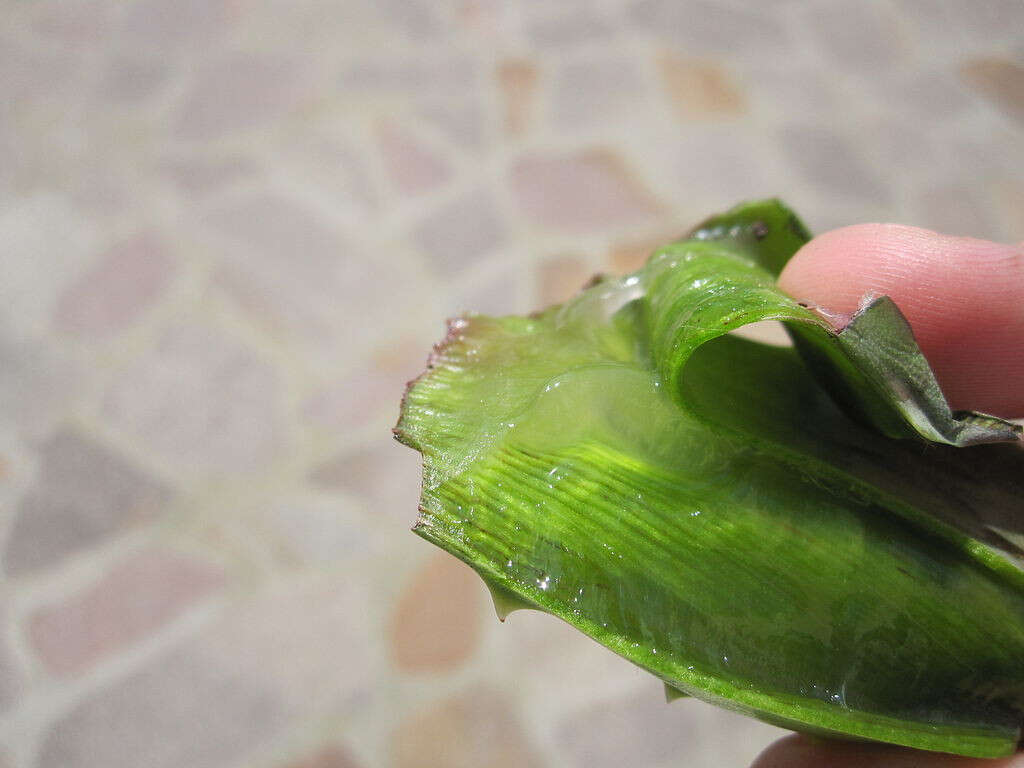10 Conjunctivitis Symptoms
The conjunctiva is a thin, transparent membrane that helps provide protection for the front of the eye. We don’t usually notice it is there, but it can become inflamed and this can be quite uncomfortable. An inflammation of this membrane is known as conjunctivitis and it leads to a range of unwelcome symptoms.
There are different potential causes of conjunctivitis. These include allergies such as hay fever, illnesses such as a cold, and also viral infections. The treatment will depend on the underlying cause of the inflammation.
While conjunctivitis is relatively easy to treat, it can lead to permanent damage if treatment is not sought in time. This article looks at 10 symptoms of conjunctivitis.

Conjunctivitis Symptom #1: Crusty Eyelids
Many of us find when we wake up in the morning that there is a type of crust in the corner of our eyes. This is quite harmless and will just wash away, even if it can make it difficult for us to open our eyes, to begin with. It is a result of normal bodily discharges.
Conjunctivitis will cause a larger crust around the eyelids, making them stick together. In cases of conjunctivitis, this crust is often caused by excess fluid secretion or pus. It is harmless in itself and will wash away, but you should still make sure that you get the underlying cause treated.

Conjunctivitis Symptom #2: Pus
Pus is a thick substance that commonly occurs at the site of infections. It is made up mostly of bacteria and white blood cells that have died as the body battles the infection. It will ooze out from the eye, although it is not dangerous in itself but it is a sign that you should get treatment as soon as you can.
While pus is easily washed away, more of it will be produced as the body continues to fight against the infection. It can also be very unsightly, although this can be beneficial as it will encourage patients to cover up the infected eye. You probably won’t want people to see it, but it would be best to stay at home until you have recovered anyway.

Conjunctivitis Symptom #3: Sensitivity to Light
The center part of our eyes, the iris, is able to change its size in order to regulate how much light is allowed to enter the eye. It will open wide in the dark to allow as much light as possible to enter, while it will close tighter when there is a lot of light present.
This system allows us to see in both day and night, without allowing too much light to harm the eye. Staring directly at light can still be uncomfortable, though, especially in people that have conjunctivitis. If you are experiencing sensitivity to light for any reason then you should try to find out what the cause is.

Conjunctivitis Symptom #4: Burning
Infections and other irritations are never pleasant to experience. They can result in a wide range of unwelcome symptoms and, of course, they can also be quite dangerous for us. Such symptoms can arise in infections anywhere in the body and the eye is no exception. One such symptom is a burning sensation, and it can be very uncomfortable for the patient.
This burning sensation is also likely to be accompanied by mild pain in the infected eye. In addition, patients also complain of a gritty sensation in the eye. These symptoms should clear up completely once the infection has been successfully treated.

Conjunctivitis Symptom #5: Bloodshot
In the whites of our eyes are numerous tiny capillaries. These help to supply blood to the iris and to other parts of the eye. We don’t usually notice they are there, although they are visible when you look closely. At other times, though, they can become very visible indeed.
Conjunctivitis can cause the capillaries to become inflamed and enlarged. This causes them to become easily visible even when you are not looking closely. This is what is commonly known as being bloodshot, and it makes the eyes overall take on a red/pink appearance. It is a symptom that should clear up when the underlying cause has been treated.

Conjunctivitis Symptom #6: Itching
Inflammation is likely to irritate whichever part of the body it is affecting. The eye is no exception and conjunctivitis can be very itchy indeed.
Viral conjunctivitis is very contagious, meaning that you should try to avoid touching it at all. This can be very difficult to do when the eye is itching, however, meaning the virus is more likely to be spread. Constant itching can also lead to physical damage to the eye, so it is a good idea to try and cover it to prevent scratching.

Conjunctivitis Symptom #7: Runny Nose
There are various causes of conjunctivitis, and some of these will also cause the patient to experience other symptoms. For example, if the conjunctivitis is caused by a cold then the patient is likely to have a runny nose. Likewise, an allergy could also cause a runny nose as well as conjunctivitis.
Some patients with conjunctivitis will also experience a sore throat, a cough, a fever, and other symptoms that could be caused by the underlying illness. These symptoms can help medical professionals to identify the cause and begin treating it. The symptoms should clear up once the patient is cured.

Conjunctivitis Symptom #8: Swollen Eyes
Our eyelids are only thin flaps of skin. They do serve an important purpose, though, as they help to protect the eyes and also help to keep them lubricated. They can become swollen, however, and this can cause the eyes to take on a red, puffy appearance.
Crying is one thing that can cause this effect. So can allergies and other irritants, while conjunctivitis can also be a cause. The swelling is largely caused by irritation, while it can also be caused by the patient rubbing the eyes because they are itchy. A doctor may be able to prescribe medicine to help relieve the symptom.

Conjunctivitis Symptom #9: Watering
The eyes are naturally quite wet and for very good reasons. One reason is that the surface can become damaged if allowed to dry out, so it is moistened by a liquid secreted by glands. This also provides lubrication for our eyelids to slide over the eyes, while causing the eyes to water can also help to flush out unwanted debris.
Excess watering of the eyes can also be caused by an irritation that is causing conjunctivitis. Tears will often stream from the eyes and this can cause more crusting of the eyelids when the patient wakes up the following day.

Conjunctivitis Symptom #10: Swelling in Front of Ears
The lymph nodes form a very important part of our immune system. They help to filter pathogens from the blood and also act as a store for white blood vessels that can be called into action to help fight disease. In the case of viral conjunctivitis, the lymph nodes will play an important part in fighting off the infection.
Lymph nodes are found in various areas throughout the body, and there are nodes in front of our ears. Being close to the eyes, these nodes will be working hard to fight the nearby infection and this can cause them to become quite swollen.











